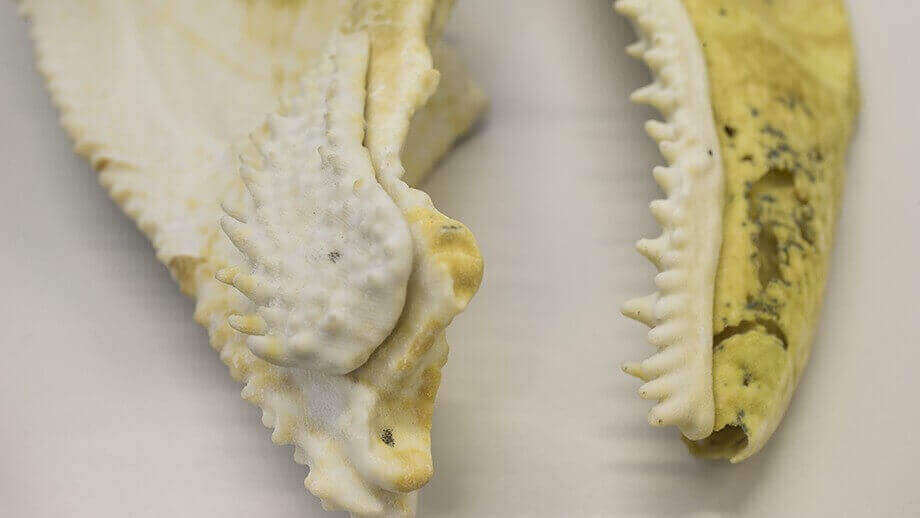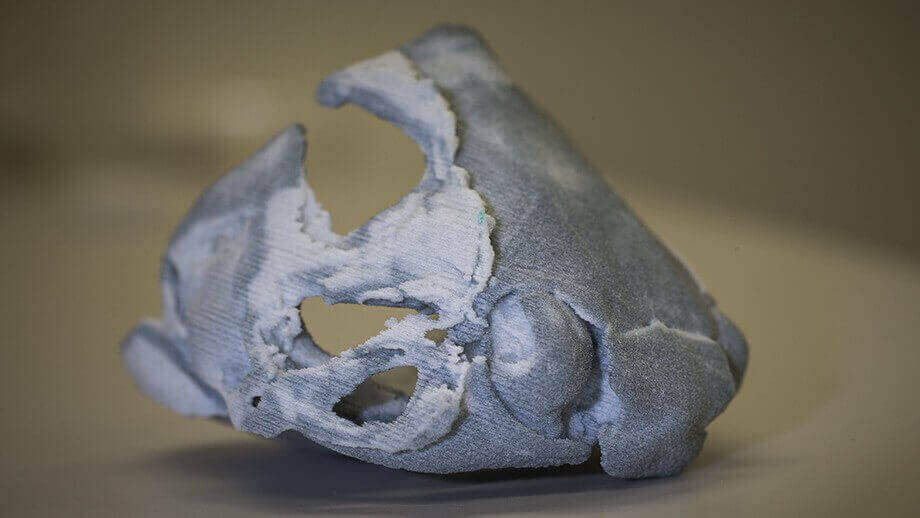Researchers from the Australian National University used 3D printing to show the link between a 400-million-year-old fish fossil and humans.
Following in the footsteps of Charles Darwin, fascinating discoveries in evolutionary biology are still being made. Most recently, Australian National University (ANU) researchers found that there is a clear link between 400-million-year-old fish fossils and humans.
In fact, the jaw structure of the ancient fossil is noticeably like that of a human. The fossil was found in limestone near Lake Burrinjuck, Australia.
In order to uncover the evolutionary link, the researchers used both CT scans and 3D printing. They scanned the fossil and created prints from the jaw structure. The result was a similar structure to ours.
Their findings are published this week in Scientific Reports. Yuzhi Hu is a PhD student working on the findings. She explains that this fossil is the best preserved specimen of a placoderm — aka the extinct prehistoric fish — ever found.
Interestingly, the Chinese maxillate placoderms were, for a long time, disregarded by researchers. However, their importance is becoming more clear in recent times and this discovery certainly helps bring them into the limelight.

Make No Fish Fossil Bones About It
Hu adds that this fish skull is “still in the human skull”. But, before you start a frantic search for the fish bone, it’s simply one of the smaller bones in your inner ear.
Also working on the discovery is Dr Jing Lu. She is the co-author of the ANU paper. She explains that the research proves there is a much closer link between humans and fish than scientists once believed.
In fact, the maxilla was the bone that formed the upper jaw in humans. When looking at the Chinese fish fossils, the researchers found they had the same bone. Dr Lu explains:
“But other internal structures were apparently made of cartilage, and are not clearly preserved, unlike the Burrinjuck skull.”
Of course, this discovery includes a large amount of luck. Dr Lu says that there aren’t many fossils which are preserved with such small, intricate details. Therefore, it’s not usually possible to reconstruct the extinct animals.
“The Australian fossil helps us to interpret these aspects in the Chinese maxillate placoderms,” she said. “Thanks to the international collaboration, we are making great progress to work out the sequence of key evolutionary innovations at the origin of the jawed vertebrates.”
You can read more about the link between yourself and a 400-million-year-old fish fossil on Scientific Reports.
Source: Canberra Times

License: The text of "400-Million-Year-Old Fish Fossil Shows Evolutionary Link with Humans" by All3DP is licensed under a Creative Commons Attribution 4.0 International License.